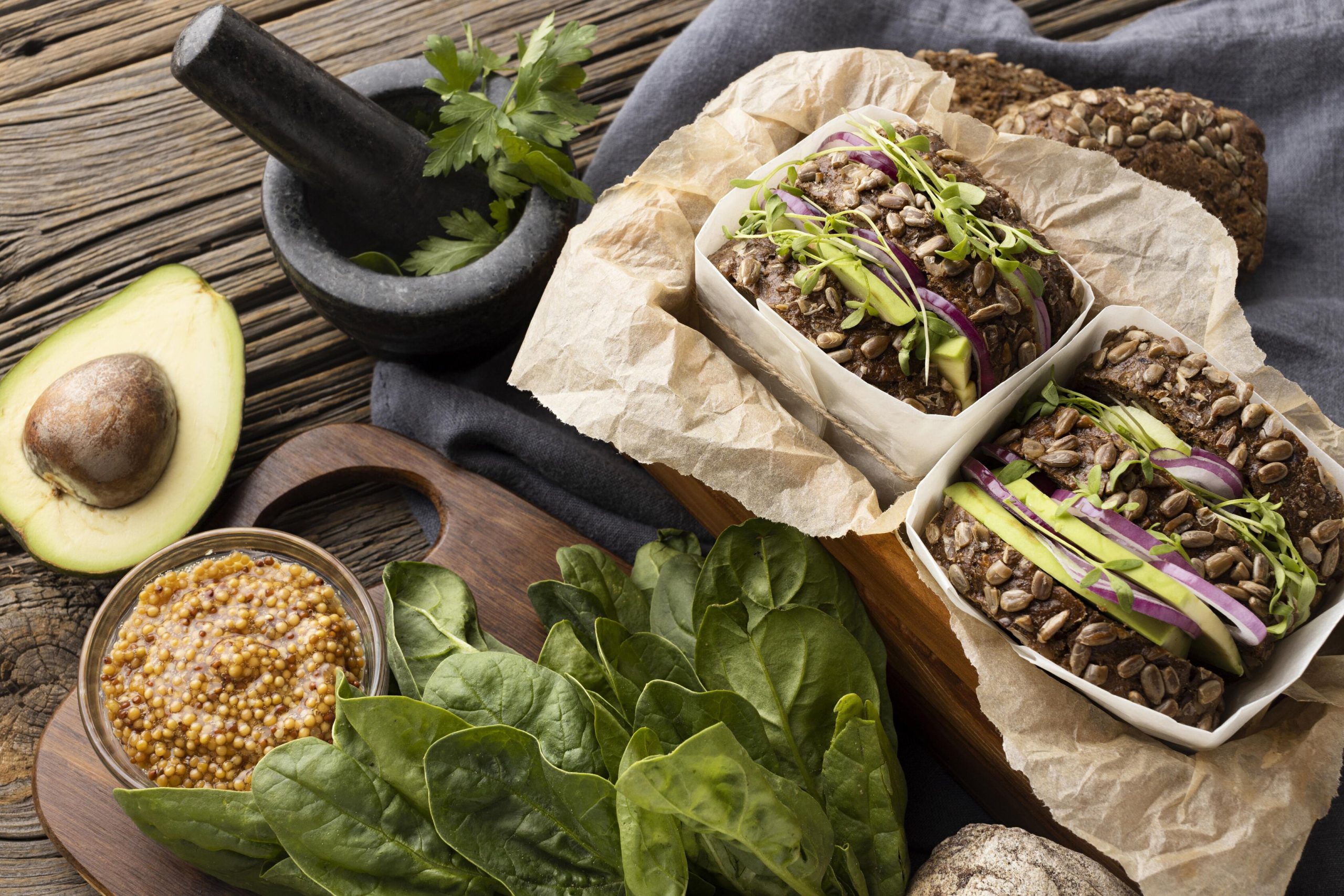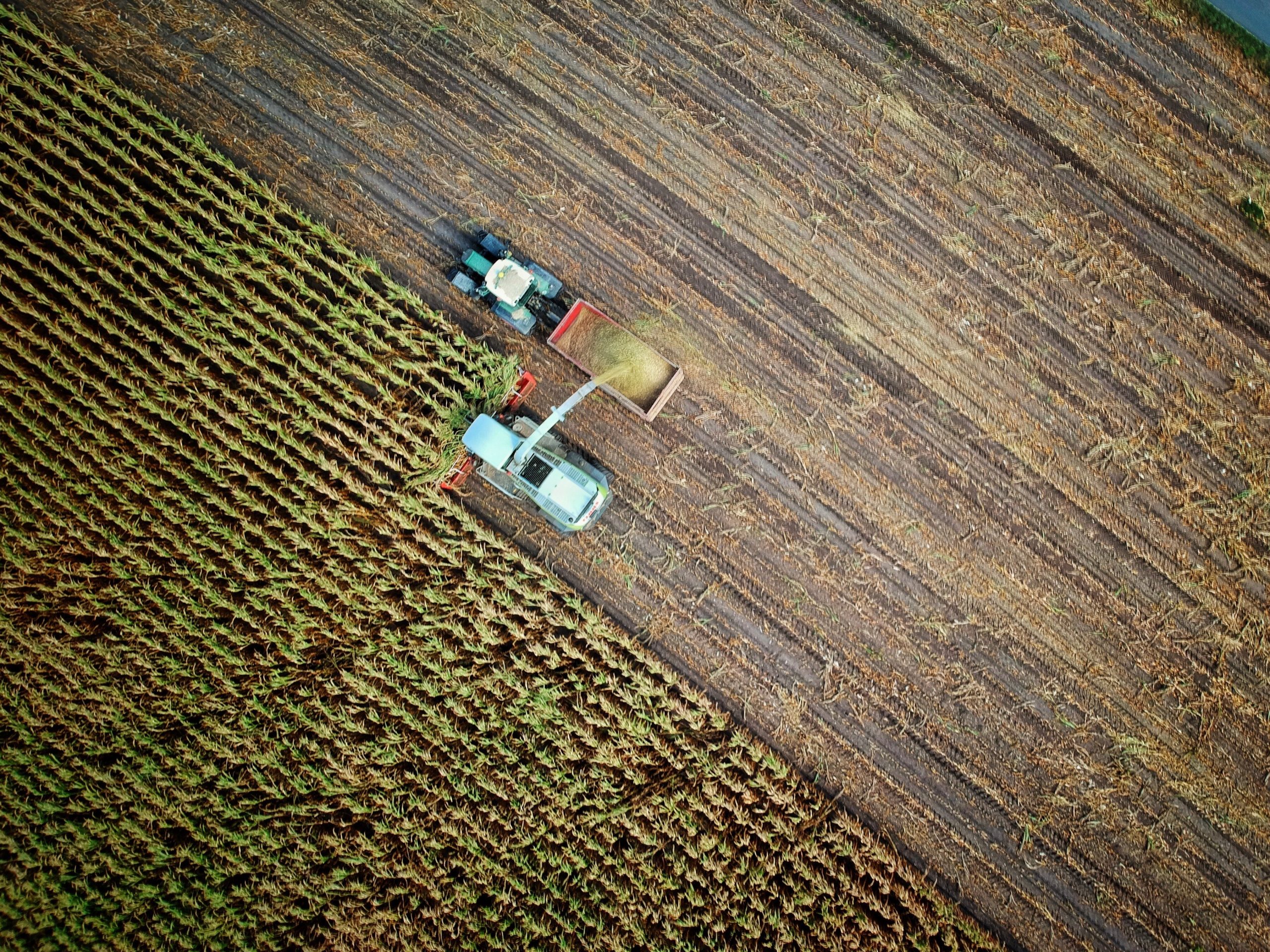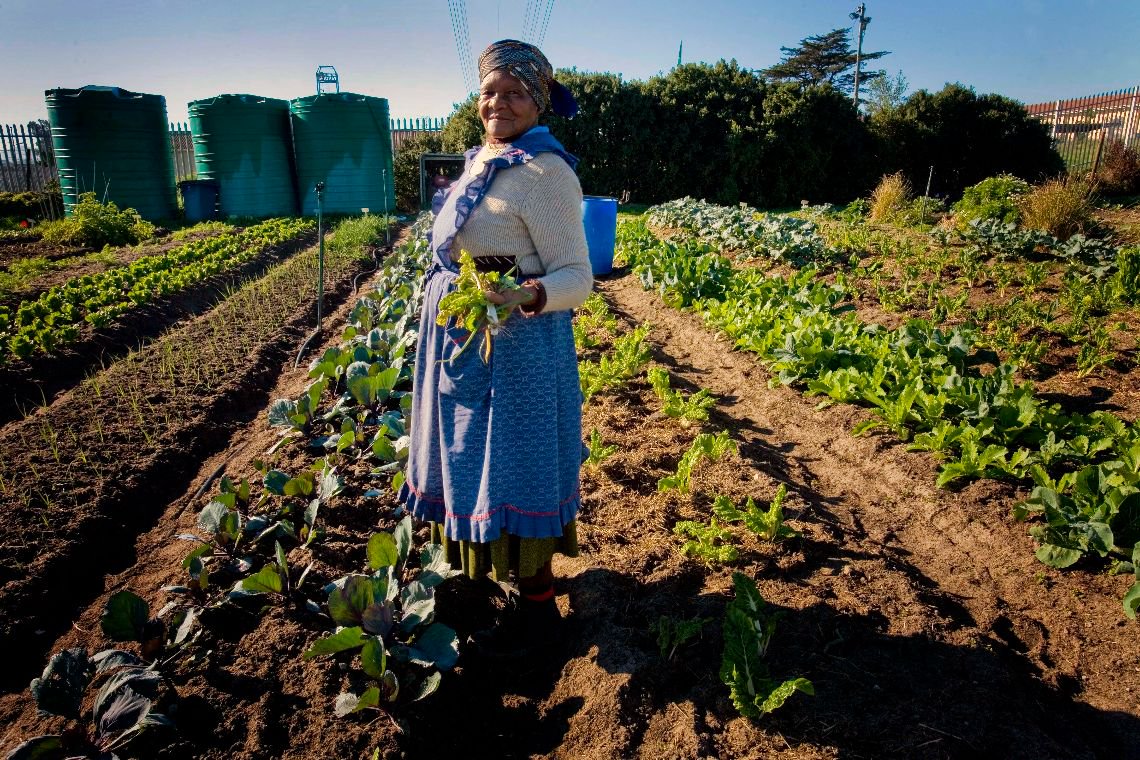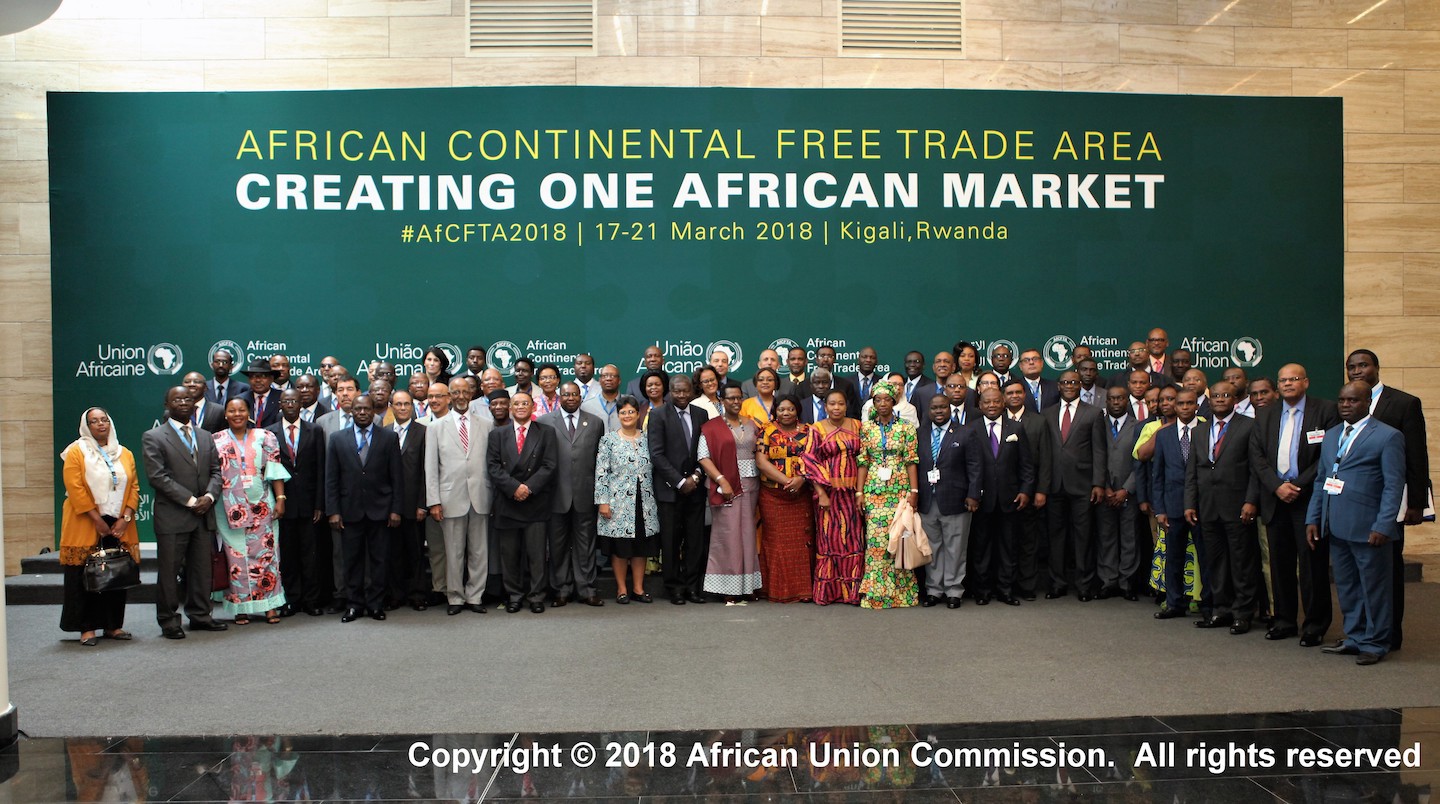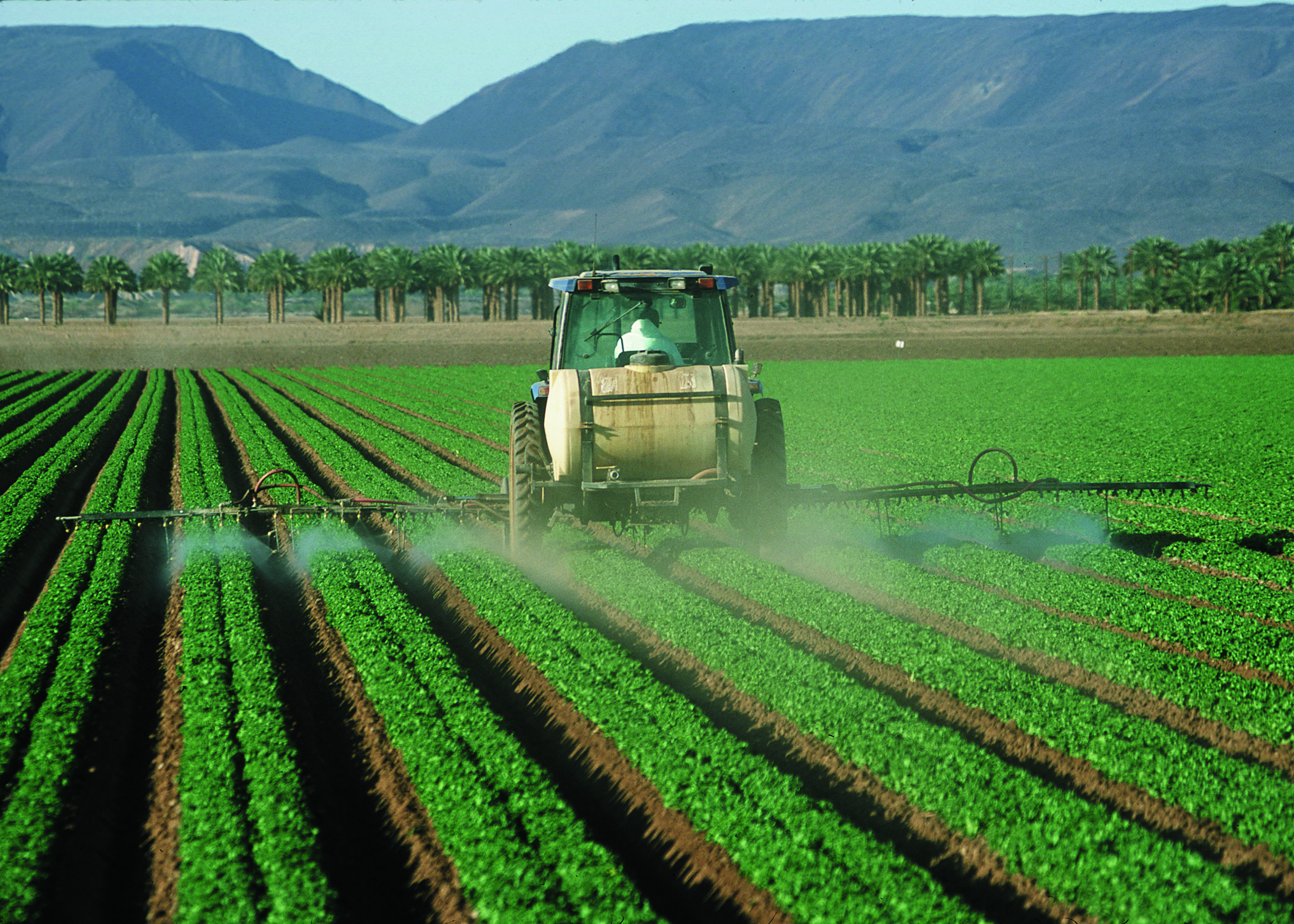South Africa’s Agriculture
South Africa is in the southernmost part of the African continent, bordering six (6) countries: Botswana, Namibia, and Zimbabwe to the north, Mozambique and Swaziland to the east and surrounding the kingdom of Lesotho. The country’s climatic condition is mainly semiarid; subtropical along east coast and characterized by sunny days and cold nights.[1] The World Bank classified South Africa as upper-middle-income economy until 2015.
Role Agriculture in South African economy
South African population annual growth currently stands at 1.6%.[2] Meaning, the country will be home to over 80 million people by 2035. Therefore, food production must more than double—against fewer natural resources—if the country is to feed her rising population. Agriculture’s contribution to total Gross Domestic Product (GDP) has been declining since 1960 when the sector contributed 10% to 2.5% in 2015.[3] The trend is a global phenomenon, as countries develop from primary industries based economy to the secondary or tertiary sector based.
However, despite its declining contribution to the GDP, agriculture remains a significant provider of employment in South Africa, especially in the rural areas. The sector is a major foreign exchange earner. Commercial agriculture is estimated to contribute more than 5% of the country’s labor force. In 2013, it generated about R147.4 billion in income and R116.9 billion in expenditure. The sector still remains one of the primary creators of jobs in the country with nearly 20% of all households engaged in agriculture.[4]
Agriculture sector
South Africa classifies 79.4% of its land as agricultural, with the permanent pasture accounting for 69.2%— suitable for grazing and livestock farming. Animal husbandry is by far the largest agricultural sector in the country. In 2011, arable land was 9.9%, forest 7.6%, permanent crops 0.3% and the rest of agricultural activities accounted for 13%.[5] In other words, climate-soil combinations leave just 12% of the country as suitable for the production of rain-fed crops. Strictly, only 3% is considered fertile, falling short of countries like India, where arable land accounts for more than 50% of the country land area. The country’s rainfall is not evenly distributed across the country, with water availability being one of the limiting factors of production in South Africa. Currently, up to 1.3 million hectares of land are irrigated, producing 30% of the country’s crops. Up to 50% of the country’s water is used for agricultural purposes.[6]
Despite the above shortcomings, South Africa’s agriculture sector is one of the world’s most productive and robust. The country is not only food self-sufficient but also a net food exporter— making it one of the less than ten countries (the US, Argentina, Canada and Australia among others) globally that exports food regularly. The country’s commercial farming is well developed despite the fact that majority farmers are still engaged in subsistence-focused practices especially in the rural areas.
Grain and oilseeds
Grain industry is one of the largest subsectors in the South Africa, producing about 30% of the country’s total gross agricultural production. Maize, wheat and sunflower account for the largest area of farmland. Up to 15,000 farmers produce maize, most of whom are in the northwest, northern, and eastern Free State, the Mpumalanga Highveld and KwaZulu-Natal midlands. The country is the top maize producer in Africa and 12th in the world, behind some of the world’s largest producers such as the US, Argentina, Brazil, and Mexico among others. The country produced eight (8) million tons of maize in 2015.[7] Wheat is produced mainly in the Western Cape and the eastern parts of the Free State. Average wheat production has been constant over time against a steady increase in consumption, leading to remarkable rise in imports to meet local demand. Barley which is another important grain especially in the brewing industry is produced mostly on the southern coastal plains of the Western Cape. The region accounts for over 98% of the country’s barley production.
Sugar industry
South African sugar industry ranks among the top 15, out of the 120 main sugar producing countries in the world. Sugarcane production mainly stretches across two provinces of Mpumalanga and KwaZulu-Natal, and is grown by over 24,000 registered growers. Processing of the cane in these regions is through about six milling companies that are operating in the cane-growing areas. The industry produces over 2 million tons of sugar per season, with up to 75% of this marketed in the Southern African Customs Union (SACU) and the rest exported to other African markets, and Asia among others.[8]
Livestock industry
The livestock is the largest agricultural sector in South Africa. The country is home to about 14 million cattle and almost 30 million sheep.[9] Overall, the country’s livestock production has kept pace with the local demand for the red meat while the milk production has been relatively constant. However, imports of dairy products exceeded exports in the last decade. The case is different from poultry subsector which has seen significant increase in production over the last 20 years. Despite the remarkable significant increase in poultry production, the country is still unable to meet the massive increase in local demand for white meat. Consequently, chicken is currently one of South Africa’s largest agricultural imports.
Fruits
South Africa is a major producers and exporter of some of the highest quality of deciduous fruit and citrus. Western Cape and in the Langkloof Valley in the Eastern Cape are the main deciduous fruit growing areas. Important export groups are wine, citrus, grapes, apples, pears and quinces. The industry’s export earnings account for more than 10% of South Africa’s total agricultural export’s earnings.[10]
Challenges in the agricultural sector
Since 1994, South Africa has faced a myriad of challenges, ranging from the country’s decision to play by the global rules of free trade, lack of adequate land reforms to insufficient support to a large number of farmers. While liberalization was aimed at making South Africa compete with some of the best in the world, the critical aspect (support for the players) was lost. The support was instrumental in facilitating the actors’ effort to compete. In contrast, the competing countries were very supportive of their sector players. Land reforms were also unable to keep pace with the expectation without risking the country’s productivity. In fact, only 7.5% of the land targeted for redistribution to black people has so far been transferred, a situation that is likely to lead to proposals that could be counterproductive to the sector.[11]
Regulatory framework
Although its contribution to the country’s economic growth is declining, agriculture remains a key focus of the country’s Development Plan, with the government spearheading a number programs aimed at promoting commercially oriented smallholder farming. The sector has seen some radical changes in the recent past. Previously, the industry was heavily regulated with financial concessions and subsidies available to farmers. However, farming has since been deregulated with the sector now more or less expected to respond to free market conditions. The producers make independent decisions based on where to purchase or sell the farm products. In fact, farmers are increasingly using the South African Futures Exchange to exchange futures contracts and hedge prices for their products, a pointer to a mature economy.
Opportunities in the agricultural sector
The sector presents opportunities both in primary production, processing and service areas such as financial and insurance services among others. For instance, poultry subsector is one industry that exhibit great investment potential. As mentioned, despite the significant increase in poultry production, the country is still unable to meet the massive increase in demand for white meat, with the deficit met by imports. Even some most popular crops such as—wheat, yellow maize and sunflower—the local production alone is not enough to meet the processing capacity, a clear demonstration of the need for additional investment to boost the country’s export capacity.[12]
Financial institutions could also tap into this expanding sector providing finance to smallholders as well as financial advisory services to the established farmers seeking black economic empowerment (BEE) partners. Currently, the six major sources of credit to farmers include: banks (56%), the Land Bank (30%), agricultural cooperatives and agribusinesses (9%), private creditors account for 3% and other creditors and financial institutions for the remaining 2% credit sources.[13]
[1] “South Africa”. S.A Info, 2016: Weather and climate. Retrieved Apr. 15, 2016 via http://bit.ly/1NsfxPw.
[2] “South Africa”. World Bank, 2015. Retrieved Apr. 21, 2016 via http://bit.ly/1UCeZyp.
[3] “South Africa”. World Bank, 2015. Retrieved Apr. 21, 2016 via http://bit.ly/1Xzmynr.
[4] “South Africa”. Stats SA: Agricultural Statistics. Retrieved Apr. 21, 2016 via http://bit.ly/1VuoW1s.
[5] “South Africa”. CIA, 2016. Retrieved Apr. 15, 2016 via http://1.usa.gov/1myh9t2.
[6] “South Africa”. WWF: Agriculture Facts and Trends. Retrieved Apr. 15, 2016 via http://bit.ly/1imEVt9.
[7] “South Africa”. USDA, 2015: Corn Production by Country. Retrieved Apr. 21, 2016 via http://1.usa.gov/1alf521.
[8] “South Africa”. S.A Info, 2016: SA Sugar Association. Retrieved Apr. 26, 2016 via http://bit.ly/1MYTAND.
[9] “South Africa”. S.A Info, 2016: Weather and climate. Retrieved Apr. 25, 2016 via http://bit.ly/1NsfxPw.
[10] “South Africa”. WWF: Agriculture Facts and Trends. Retrieved Apr. 15, 2016 via http://bit.ly/1imEVt9.
[11] “South Africa”. PLAAS, 2013: The Distribution of Land. Retrieved Apr. 15, 2016 via http://bit.ly/22TlVGT.
[12] “South Africa”. DAFF, 2012: The Status of the Agro-processing Industry in SA. Retrieved Apr. 26, 2016 via http://bit.ly/236kKUy.
[13] “South Africa”. SA Government, 2015: Agriculture Sector. Retrieved Apr. 26, 2016 via http://bit.ly/1Tw5TQt.
You may also like
Warning: Undefined variable $content in /var/www/sdomains/nexatestwp.com/infomineo.nexatestwp.com/public_html/wp-content/themes/infomineo/single.php on line 235
Warning: Undefined variable $content in /var/www/sdomains/nexatestwp.com/infomineo.nexatestwp.com/public_html/wp-content/themes/infomineo/single.php on line 235
Warning: Undefined variable $content in /var/www/sdomains/nexatestwp.com/infomineo.nexatestwp.com/public_html/wp-content/themes/infomineo/single.php on line 235
Warning: Undefined variable $content in /var/www/sdomains/nexatestwp.com/infomineo.nexatestwp.com/public_html/wp-content/themes/infomineo/single.php on line 235
Warning: Undefined variable $content in /var/www/sdomains/nexatestwp.com/infomineo.nexatestwp.com/public_html/wp-content/themes/infomineo/single.php on line 235
Warning: Undefined variable $content in /var/www/sdomains/nexatestwp.com/infomineo.nexatestwp.com/public_html/wp-content/themes/infomineo/single.php on line 235


